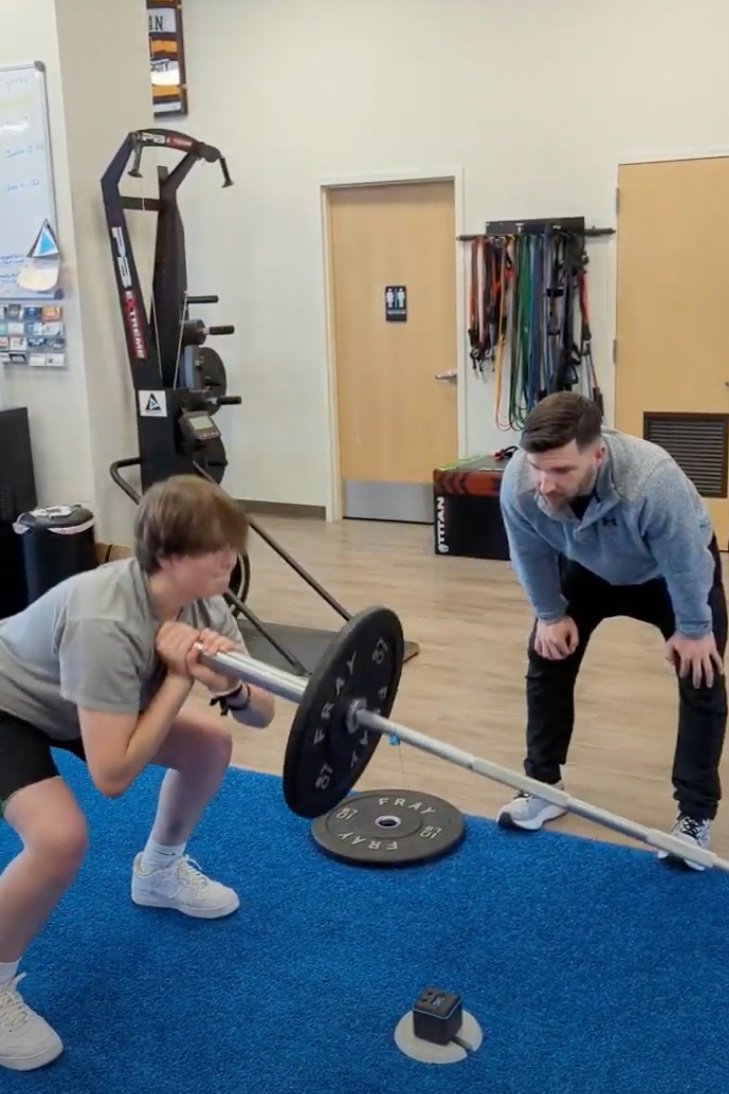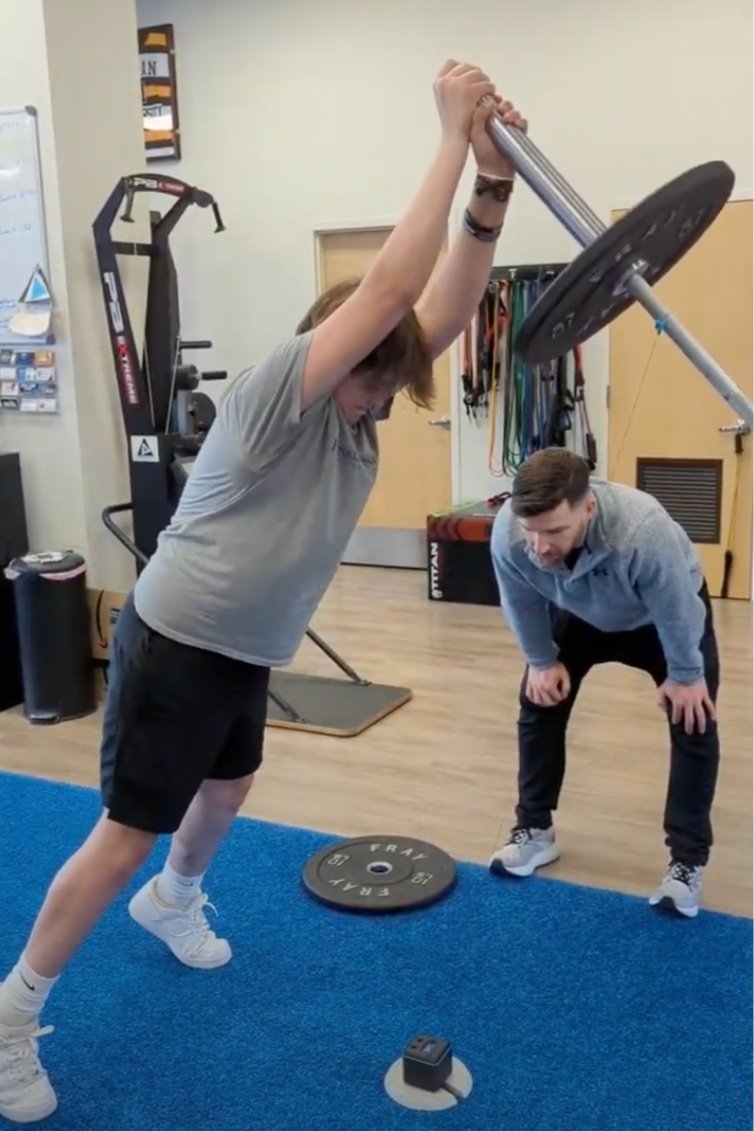Velocity Based Training to Improve Power in Sports Rehabilitation
One of the primary goals of physical rehabilitation after an injury is to restore an individual's prior level of function. This is especially true in sports rehabilitation for competitive athletes. Power development is a key aspect to sports performance, whether it’s generating power with a golf or baseball swing, throwing or kicking a ball, running, or jumping. Athletes of all sports and activities require some sort of power development.
Oftentimes after an injury (especially surgery), an athlete’s power development and how quickly they can develop force is diminished (Maestroni, 2021). This is due to decreased motor unit activation, or inhibition, which means the muscles neuromuscular connection is disrupted and the muscle isn’t capable of producing the same force, or isn’t able to produce the same force quickly enough (McPherson, 2023).
Anyone who has played or watched sports knows the importance of quick, sudden movements not only to be successful, but also to avoid further injury. It is vitally important to restore these deficits during the rehabilitation process.
What is POWER?
To understand what power is, we need to revisit physics class.
Power = Work / Time
Where: Work = Force x Displacement
And where: Force = Mass x Acceleration
This dwindles down to:
Power = how fast can an object of a particular mass be moved over a certain distance.
In other words, how fast can an athlete propel themselves into the air, how fast can an athlete swing a bat to the point of contact, or how fast can an athlete run from one spot to another and push an opposing player back.
This can be trained in athletes in many ways. The traditional way is to move as heavy of an object as possible, like a max weight deadlift, where an athlete picks a weight off the floor and stands it up. Another way to train power is with plyometric activity, where an athlete jumps as quickly as they can onto a high object, or jumps over a certain distance.
Many rehabilitation principles focus on restoring range of motion, size, and strength of muscles, but do not specifically aim to restore an athlete's power or rate of force development (Reiman, 2011). While most rehabilitation programs will have some degree of plyometric activity, it is typically lower level and not max effort the same way an athlete would need to develop force while in competition. That’s where velocity based training comes into play.
Velocity based training is a method that utilizes velocity feedback to measure, manipulate and motivate training (Liao, 2021). What that means is that by objectively measuring the velocity of a task, we can track the power output of that given task and use that data to further guide our training. Not only that, but velocity based training has been shown to produce less training stress on the body compared to traditional weight lifting (Liao, 2021). This means that this can safely be used in patients recovering from an injury without over-taxing their muscles or joints.
So, how is it done?
At Trifecta, we utilize a device called Gravity Box to measure the speed of an object. Gravity Box is a small computer with retractable wire that can be attached to a person or to a barbell and can measure the speed at which an athlete jumps or lifts the barbell. If you recall our physics lesson from earlier, that means this device can track power.
For example: if an athlete is performing a barbell lift at 135 pounds, the device can measure the speed the athlete moved that weight. That is power. The same power needed for a basketball player to jump and dunk basketball, or for a football player to tackle an opposing player.
Real Life Scenario
Here is a multi sport athlete who participates in football, basketball and weight lifting who is nearing the end stage of his rehabilitation process. We used the Gravity Box to measure his power output during a landmine thruster (squat to overhead press), which simulates the motion he will need in football to push through opposing linemen.
The athlete is moving a set amount of weight and must hit a minimum speed each repetition. The athlete can see his speed immediately and thus can use that as feedback for his next repetition.
While this is typically a training method utilized in the strength and conditioning room with healthy, non-injured athletes in order to develop power and speed (Ramirex, 2015), it is important for rehabilitation professionals to safely return an athlete to sport, which includes having the athlete perform fast powerful movements (Kristensen, 2011). Not only that, but it is a great way to objectify data for monitoring in order to track improvement, and to provide external feedback and motivation for an athlete while performing a lift.
It is easy for an athlete to pick up a barbell from the ground or jump onto a box, but by measuring how quickly they can lift that bar or jump onto that box and setting a standard for the athlete to hit, that's fun, motivating and easy to track over time.
Rehabilitating an athlete can be difficult due to the physical demands of sport, but utilizing velocity based training to develop power does not need to be difficult and can take recovery and return to play to the next level.
Written by Nick Schulman PT, DPT, ATC, CSCS
References:
Kristensen J, Franklyn-Miller A. Resistance training in musculoskeletal rehabilitation: a systematic review. Br J Sports Med. 2012 Aug;46(10):719-26.
Liao KF, Wang XX, Han MY, Li LL, Nassis GP, Li YM. Effects of velocity based training vs. traditional 1RM percentage-based training on improving strength, jump, linear sprint and change of direction speed performance: A Systematic review with meta-analysis. PLoS One. 2021 Nov 18;16(11):e0259790.
Maestroni L, Read P, Turner A, Korakakis V, Papadopoulos K. Strength, rate of force development, power and reactive strength in adult male athletic populations post anterior cruciate ligament reconstruction - A systematic review and meta-analysis. Phys Ther Sport. 2021 Jan;47:91-104.
McPherson AL, Schilaty ND, Anderson S, Nagai T, Bates NA. Arthrogenic muscle inhibition after anterior cruciate ligament injury: Injured and uninjured limb recovery over time. Front Sports Act Living. 2023 Mar 21;5:1143376.
Ramírez, Juan M.1; Núñez, Víctor M.1; Lancho, Carolina1,2; Poblador, María S.1; Lancho, José L.1. Velocity-Based Training of Lower Limb to Improve Absolute and Relative Power Outputs in Concentric Phase of Half-Squat in Soccer Players. Journal of Strength and Conditioning Research 29(11):p 3084-3088, November 2015.
Reiman MP, Lorenz DS. Integration of strength and conditioning principles into a rehabilitation program. Int J Sports Phys Ther. 2011 Sep;6(3):241-53.




